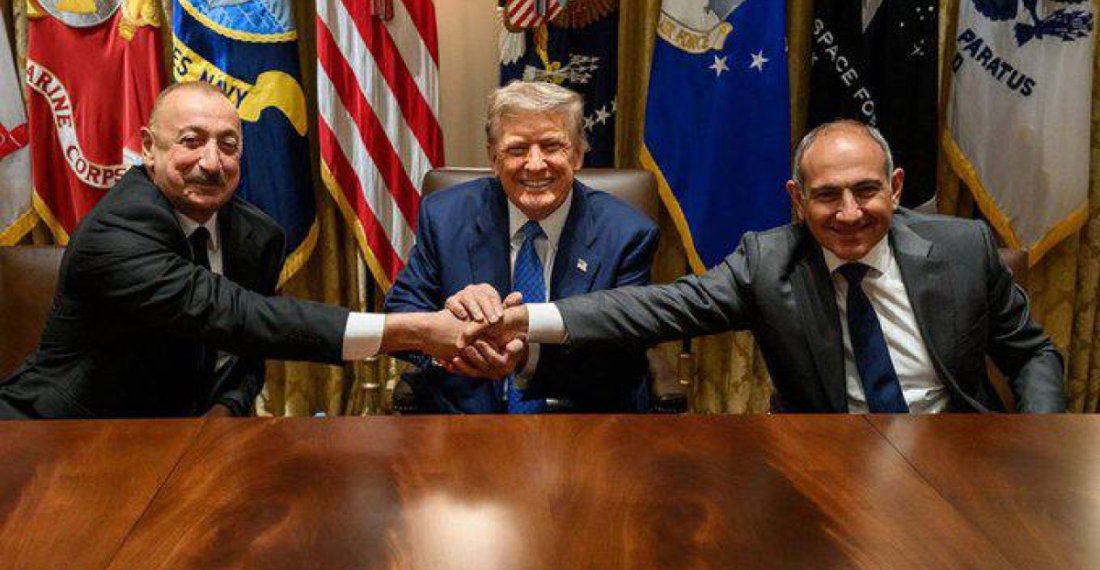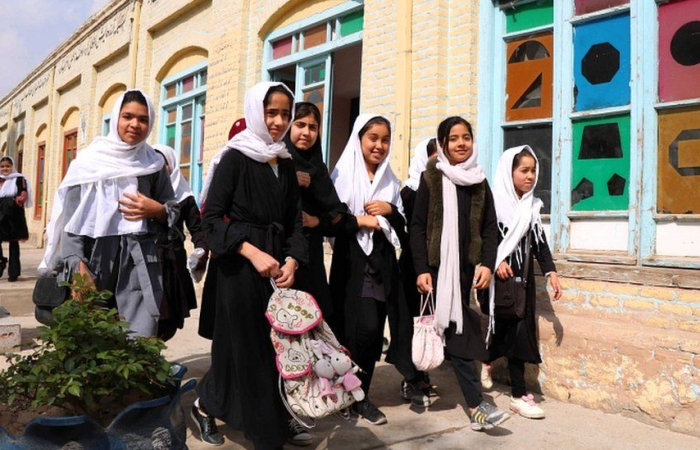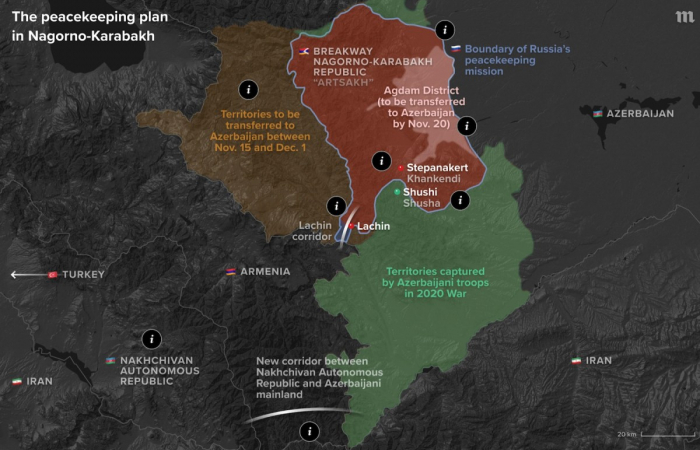Will the Trump Route for International Peace and Prosperity (TRIPP) set to connect Azerbaijan with Nakhijevan and Türkiye via Armenia help establish lasting peace and prosperity for all? Interestingly, if the Washington Declaration speaks about restoration of all communications, with reciprocal benefits for Armenia, the spotlight has been about the TRIPP and only about it. This oversight misses a vital point necessary for lasting peace and stability in the region.
The launch of TRIPP alone will not establish real regional connectivity in the South Caucasus, or create the economic interdependence between Armenia, Azerbaijan and Türkiye needed to cement lasting regional peace and stability. Instead, focusing on the TRIPP and only the TRIPP will maintain Armenia’s isolation, restrict its geopolitical and geoeconomic flexibilities, while keeping the door open for future escalations over the longer term.
The sole launch of TRIPP without the restoration of other intra-state communications, such as Armenia’s access to Iran via Nakhijevan and to Russia via mainland Azerbaijan and, most importantly, the opening of the Armenia–Türkiye border, will not achieve what it intends to do. It will keep Armenia isolated, will retrain Armenia’s foreign policy possibilities, will not create economic interdependencies to foster stability and, perhaps most importantly, will maintain Armenians’ feeling of being under permanent threat from Azerbaijan and Türkiye. All this does not predict the establishment of international peace and prosperity but rather a recipe for long-term regional instability.
If we jump back 35 years, to the waning days of the Soviet Union, Armenia was a regional transportation hub. You might reach Russia via railroad either through Georgia (Yerevan–Tbilisi–Sukhumi/Abkhazia–Russia), or Azerbaijan (Ijevan–Ghazakh–Russia), Türkiye (Gyumri–Kars) and Iran (Yerevan–Yeraskh–Nakhijevan-Iran). There was even a railroad from Yerevan to Baku. You could even reach Kars from Baku via Armenia. All these connections (except for one) closed immediately after the collapse of the Soviet Union and the start of the Nagorno-Karabakh and Abkhazian conflicts. Azerbaijan and Türkiye imposed a blockade on Armenia, as a means of hampering Armenia’s economic development and forcing Yerevan to accept their terms in the Nagorno-Karabakh conflict. Azerbaijan even funded the construction of the Baku–Tbilisi–Kars railway, launched in 2017, to reach Türkiye without going through Armenia.
After the 2020 Nagorno-Karabakh War, as Armenia and Azerbaijan began working toward a peace agreement and Armenia and Türkiye relaunched the normalization process, restoration of communications was an integral part of the negotiations. The issue of restoring all inter- and intrastate communications was included in the November 2020 and January 2021 Armenia–Azerbaijan–Russia trilateral statements and in the multiple documents adopted during the negotiations facilitated by Brussels and was a key part of the Washington Declaration.
From an economic perspective, launching the Yerevan–Yeraskh–Nakhijevan–Iran railroad is the cheapest and shortest way to start the process of restoration of communications in the South Caucasus and create transport links between Armenia and Azerbaijan, which will also contribute to regional stability and security. There is a functioning Yerevan–Yeraskh railroad and an existing rail system in Nakhijevan up to the Julfa station along the Nakhijevan–Iran border. According to several Armenian experts in logistics, with investments of around $10 million and construction time of just a few months, the missing 1–2km railroad to connect Yeraksh with Nakhijevan could be renovated and the Yerevan–Yeraskh–Nakhijevan–Iran railroad might work again. The corridor could be used not only by Iran but also potentially by India, bringing Indian goods to Europe. During their consultations in September, the Indian and Armenian foreign ministries stressed their joint efforts to expand and deepen cooperation, especially in utilizing the strategic position of the Chabahar port in this regard.
The second low-hanging fruit route where diplomatic efforts should be at work, is the one connecting Baku to Kars via the Armenian town of Gyumri. Azerbaijan aims to finish the construction of a railroad in mainland Azerbaijan along the Araks River by summer 2026, bringing the route as far as the Armenia–Azerbaijan border. The Armenian government established a working group on the restoration of the Yeraskh–Nakhijevan border and Syunik railroad sections in January 2022. The head of the working group, Artashes Tumanyan, stated in February 2022 that restoration of the railway in Syunik would take three years. According to Armenian Center for Socio-Economic Studies assessments done in 2025, the renovation of 43km of railroad in Syunik, the short section of railway from Yeraskh to the Nakhijevan border, and the Gyumri–Kars rail section will cost around $360 million. This will create additional Baku-Kars railroad connection with relatively small investments, which can be utilized if complications emerge in Baku-Tbilisi-Kars railroad, or if it is not able to handle the volumes of cargo.
The third route would be the Baku–Meghri–Nakhijevan–Kars railroad. In August 2025, Turkey started construction of the Kars–Nakhijevan railway, which will cost around $2.8 billion and take four to five years. This route will connect Baku with Kars directly via Nakhijevan, using only around 43km of Armenian territory. The length of the route will be around 890km. This route is the most expensive and requires the longest period of construction, while effectively continuing to maintain Armenia’s isolation. Indeed, once they have established access with one another, Azerbaijan and Türkiye are likely to lose incentive to restore additional communications with Armenia, including the opening of the Armenia–Türkiye border and the launch of the Armenia–Iran route via Nakhijevan.
As argued above, the launch of TRIPP alone will not establish regional connectivity in the South Caucasus, will not create economic interdependence between Armenia, Azerbaijan and Türkiye, and will not contribute to a lasting regional peace and stability. On the contrary, it will maintain Armenia’s isolation, restrict Armenia’s geopolitical and geoeconomic flexibilities, while keeping the door open for future escalations.
The Armenian government, and anyone interested in lasting peace in the South Caucasus, should insist on the simultaneous restoration of all communications in the region. On the same day that the first train enters Syunik from Azerbaijan to reach Nakhijevan, the first train from Yerevan should enter Nakhijevan to reach Iran and the first train from Gyumri should enter Kars. Anything else could undermine the full implementation of the Washington Declaration and the efforts of the United States, European Union and other countries to bring lasting peace and stability to the South Caucasus and will plant the seeds of future conflicts.
Source: Benyamin Poghosyan is a Senior Fellow on foreign policy at APRI Armenia and the founder and Chairman of the Centre for Political and Economic Strategic Studies in Yerevan. Photo: US President Donald Trump hosting the leaders of Armenia and Azerbaijan in Washington 2025/AFP
The views expressed in opinion pieces and commentaries do not necessarily reflect the position of commonspace.eu or its partners





